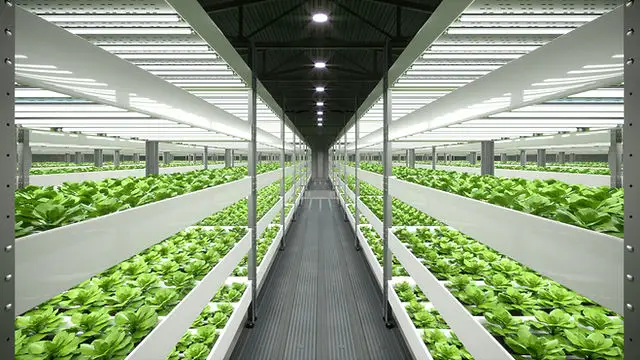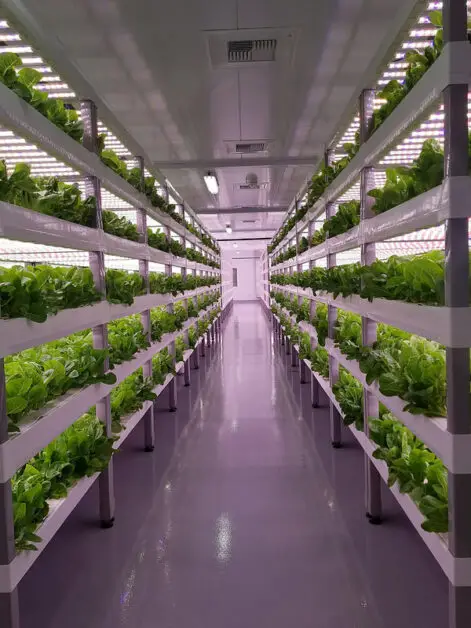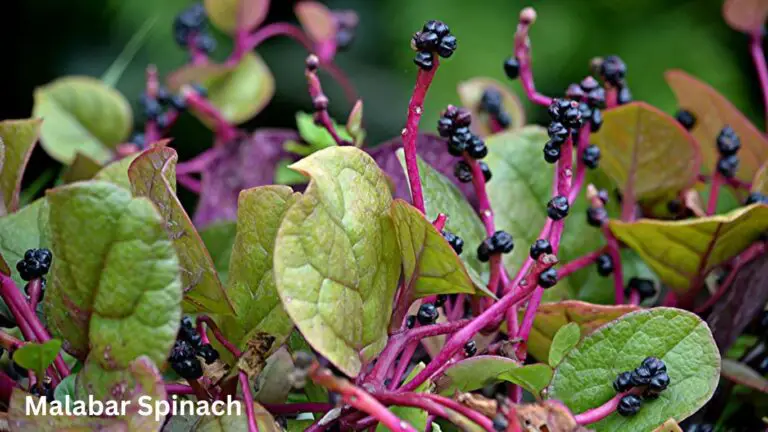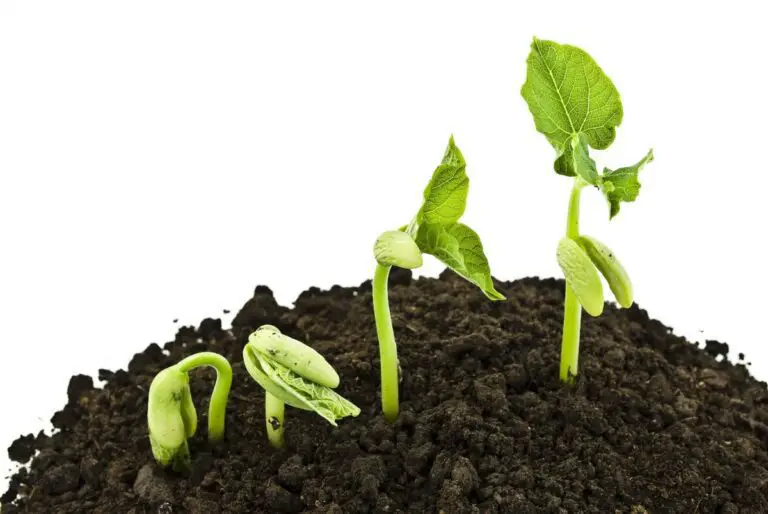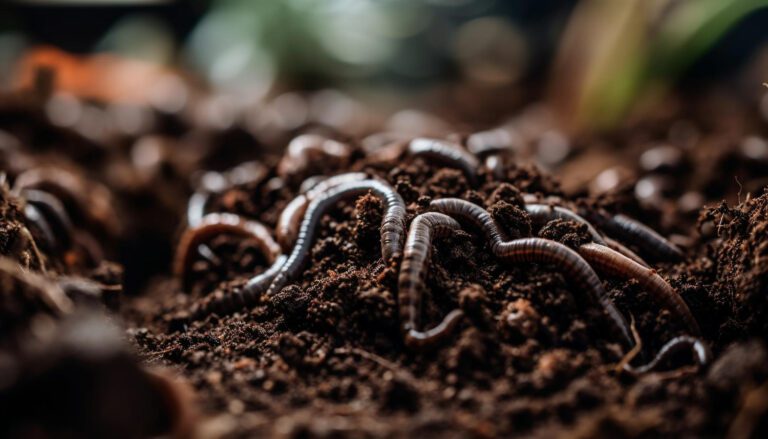Container Cucumber Tips: Successful Pot Gardening
Table of Contents
Growing cucumbers in containers
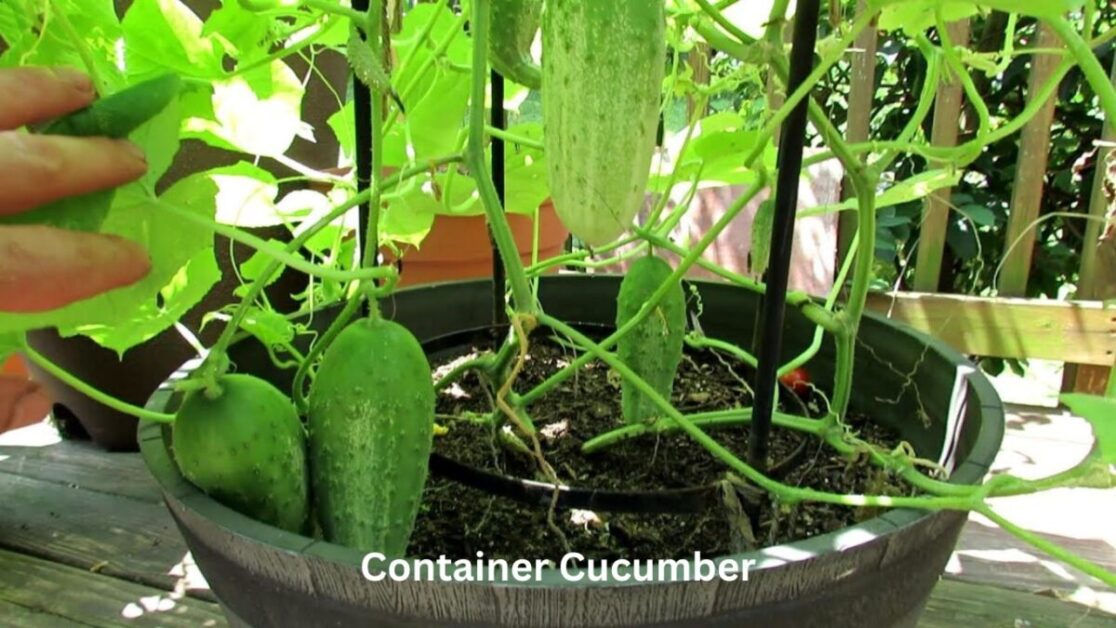
When growing Container Cucumber, it is crucial to select a pot size that accommodates the plant’s root system adequately. Choose a container that is at least 12-16 inches in diameter and depth to provide ample space for the cucumber plant to grow and develop properly. The larger the pot, the more soil it can hold, which results in better moisture retention and nutrient availability for the cucumber plant.
Selecting the right cucumber variety for container gardening is essential for a successful harvest. Opt for compact or dwarf cucumber varieties that are well-suited for growing in limited spaces. Varieties such as ‘Bush Champion,’ ‘Spacemaster,’ or ‘Patio Snacker’ are excellent choices for container cultivation due to their compact growth habit and high yield potential. Consider factors like fruit size, flavor, and disease resistance when selecting the best cucumber variety for your container gardening project.
Choosing the right pot size
When selecting the right pot size for growing cucumbers in containers, it is essential to consider the plant’s root system and space requirements. Cucumbers have extensive root systems that require ample room to grow and spread out. Inadequate pot size can restrict root development, leading to stunted growth and reduced fruit production. A general guideline is to choose a pot that is at least 12-16 inches in diameter and depth for each cucumber plant to allow for proper root growth and nutrient uptake.
Additionally, larger cucumber varieties or those that produce long fruits may benefit from even larger pots to accommodate their growth adequately. It is essential to ensure that the chosen pot has sufficient drainage holes to prevent waterlogging, which can lead to root rot and other plant health issues. By selecting an appropriately sized pot, you provide your cucumber plants with the necessary space and support to thrive and produce a bountiful harvest.
Selecting the best cucumber variety for pots
When selecting the best cucumber variety for pots, it is essential to consider the space constraints and growth habits of different cultivars. Compact and bushy varieties like ‘Spacemaster’ or ‘Patio Snacker’ are well-suited for container gardening, as they require less room to sprawl compared to their vining counterparts. These smaller varieties not only save space but also make it easier to support the plants if needed.
Furthermore, choosing cucumber varieties that are specifically bred for container growth can lead to more successful cultivation in confined spaces. Varieties such as ‘Bush Champion’ or ‘Salad Bush’ are specifically bred for compact growth and can thrive in the limited root space provided by pots. These cultivars typically produce well-shaped fruits and are well-adapted to the constraints of container gardening, making them ideal choices for a successful harvest in pots.
Providing adequate sunlight for container cucumbers
To ensure the healthy growth of cucumbers in containers, adequate sunlight is crucial. Cucumber plants thrive in full sunlight, requiring a minimum of 6-8 hours of direct sunlight each day for optimal photosynthesis and fruit production. Insufficient sunlight can lead to leggy growth, poor flowering, and low fruit yield.
Placing your container cucumbers in a sunny spot with good air circulation is essential. South-facing locations are ideal for maximizing sunlight exposure throughout the day. If you’re growing cucumbers indoors, consider using grow lights to supplement natural sunlight. Remember to rotate the containers regularly to ensure even light distribution on all sides of the plants. By providing adequate sunlight, you can encourage robust plant development and bountiful harvests of delicious cucumbers.
Watering container cucumbers properly
When it comes to watering container cucumbers, it is essential to maintain a consistent moisture level in the soil to promote healthy growth and fruit development. One of the key considerations is to water the plants at the base to avoid wetting the foliage, which can lead to issues such as fungal diseases. Using a watering can with a spout or a drip irrigation system can help deliver water directly to the root zone, ensuring efficient uptake by the plants.
Monitoring the moisture levels in the soil is crucial in determining the frequency of watering for container cucumbers. Inserting your finger into the soil up to a few inches can help assess whether it is time to water again. The goal is to keep the soil evenly moist but not waterlogged, as excessive water can lead to root rot. During hot weather or when the plants are fruiting heavily, you may need to water more frequently to prevent the soil from drying out.
Feeding container cucumbers with fertilizer
Cucumbers grown in containers require regular feeding with fertilizer to ensure healthy growth and abundant yields. When selecting a fertilizer for your container cucumbers, opt for a balanced water-soluble fertilizer with equal parts nitrogen, phosphorus, and potassium. This balanced blend will provide essential nutrients for strong root development, vigorous vine growth, and prolific fruit production.
It’s crucial to follow the manufacturer’s instructions for dilution rates and frequency of application to avoid over-fertilizing, which can lead to nutrient imbalances or burn the delicate roots of container-grown cucumbers. As a general guideline, fertilize your container cucumbers every two to three weeks during the growing season, adjusting the frequency based on the plant’s growth and appearance. Regular fertilization will promote healthy foliage, robust fruit set, and overall plant vitality, ensuring a bountiful harvest of delicious cucumbers from your containers.
Supporting cucumber plants in pots
When growing cucumber plants in pots, it is crucial to provide proper support to help them thrive and produce abundant fruits. Cucumbers are vine plants that require support as they grow to prevent the vines from sprawling over the container or becoming tangled with each other. One effective method for supporting cucumber plants in pots is using trellises or stakes. These supports help the vines grow vertically, maximizing space and airflow around the plants. Additionally, trellises and stakes make it easier to spot and harvest ripe cucumbers.
Another option for supporting cucumber plants in pots is to use tomato cages. These cages provide sturdy support for the vines to climb and keep the plants upright as they grow and develop. Tomato cages are easy to set up and can be placed in the pot at the time of planting or added later as the cucumber plants start to grow. By using appropriate support structures, gardeners can ensure that their container cucumbers have the stability they need to flourish and yield a bountiful harvest.
Pruning container cucumbers for optimal growth
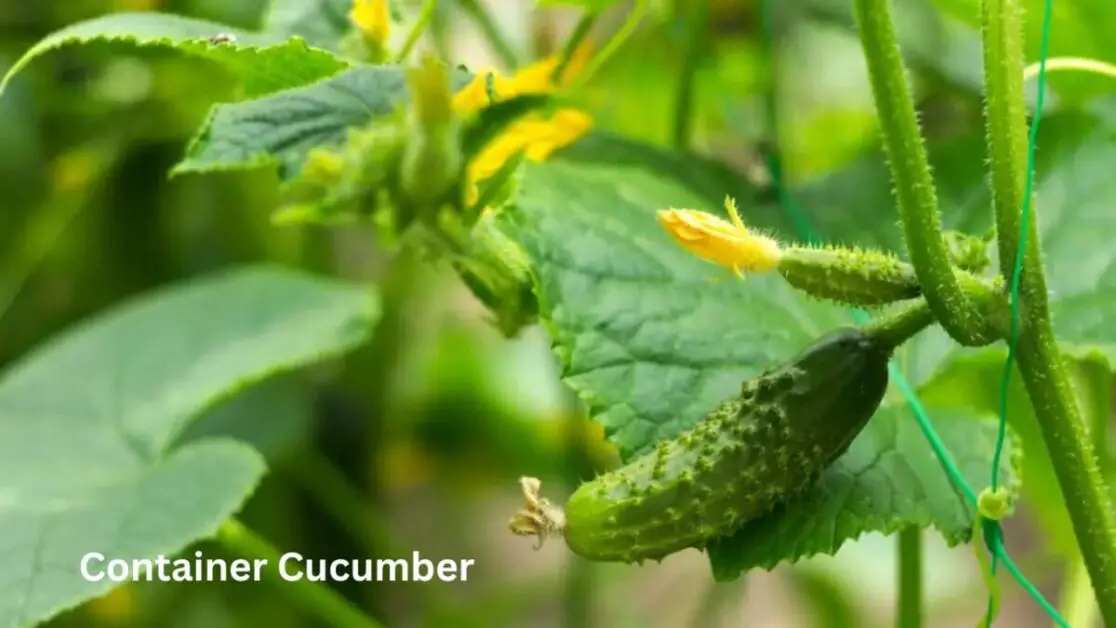
For optimal growth and productivity, pruning container cucumbers is a crucial practice that can help improve air circulation, reduce disease risk, and encourage better fruit development. When pruning cucumbers in containers, it is essential to remove any yellowing or diseased leaves promptly to prevent the spread of pathogens and ensure that the plant’s energy is directed towards healthy growth. Additionally, trimming off lateral shoots or suckers that grow between the main stem and leaf branches can help redirect the plant’s resources towards producing more fruits rather than foliage.
Another important aspect of pruning container cucumbers is to regularly pinch off the growing tips of the vines once they reach a desired height or when they have set a certain number of fruits. By doing so, the plant’s energy is redirected towards the existing fruits, promoting their development and ripening. Pruning can also help control the size of the cucumber plant in the confined space of a container, ensuring it remains manageable and does not overcrowd or shade out other plants if grown in a mixed container garden setting.
Preventing common pests and diseases in container cucumbers
To prevent common pests and diseases in container cucumbers, maintaining good hygiene practices is essential. Regularly inspect your plants for any signs of pests or diseases, such as yellowing leaves, holes in leaves, or presence of insects. Promptly remove any affected plant parts to prevent the spread of diseases and limit the population of pests in your containers. Additionally, it’s crucial to clean your containers and gardening tools regularly to prevent the buildup of harmful pathogens that can potentially infect your cucumber plants.
Furthermore, practicing crop rotation can be beneficial in preventing the recurrence of diseases in your container cucumbers. Avoid planting cucumbers in the same container or location consecutively to reduce the risk of soil-borne diseases. Rotating your crops with different plant families can help break the life cycles of pests and diseases that target cucumbers. By implementing these preventive measures, you can maintain the health and vigor of your container cucumbers, minimizing the likelihood of pest infestations and disease outbreaks.
Harvesting cucumbers from pots
When harvesting cucumbers from pots, it is crucial to wait until they reach the appropriate size for the variety you are growing. Cucumbers are best picked when they are firm, bright in color, and ideally not overgrown. This ensures optimal taste and texture in your cucumbers, making them perfect for salads, pickling, or snacking straight from the garden.
To harvest a cucumber, gently twist or cut the stem just above the fruit to avoid damaging the plant. Regularly harvesting cucumbers encourages the plant to produce more fruit and prevents them from becoming overly mature and seedy. Remember to check your cucumber plants daily during peak harvest season to ensure you gather them at the right time for the best flavor and quality.
Storing cucumbers after harvest
After harvesting your cucumbers from the containers, it’s essential to store them correctly to maintain their freshness and quality. Cucumbers are best stored at temperatures between 45-55°F (7-13°C) with a humidity level of 90-95%. Placing them in the crisper drawer of the refrigerator can help extend their shelf life, ensuring they remain crisp and flavorful for longer periods.
To prevent cucumbers from deteriorating quickly, avoid storing them near ethylene-producing fruits like bananas or tomatoes, as this can hasten the ripening process and lead to spoilage. Additionally, it’s recommended to wrap cucumbers individually in paper towels or place them in a perforated plastic bag before refrigerating to maintain proper moisture levels. By following these storage tips, you can enjoy your homegrown cucumbers at their peak freshness for an extended time.
Replanting cucumbers in containers for multiple harvests
When replanting cucumbers in containers for multiple harvests, it is crucial to start by selecting healthy seedlings from a reputable source. Opt for compact varieties that thrive in confined spaces, such as bush cucumbers or small-fruited types. After harvesting your first crop, assess the condition of the plants and soil to determine if they are suitable for another round of growth.
Before replanting, refresh the potting mix by adding organic matter like compost and ensuring proper drainage. Trim the old roots and remove any debris to prevent disease buildup. Consider rotating crops to prevent nutrient depletion and soil fatigue. Proper spacing between plants is vital for optimal growth, allowing air circulation and sunlight exposure. Schedule regular fertilization and pay attention to watering needs to support the new planting cycle for a successful harvest.
Troubleshooting common issues with container cucumbers
When growing cucumbers in containers, you may encounter a few common issues that can affect their health and productivity. One frequent problem is overwatering, which can lead to root rot and other fungal diseases. Ensure that your containers have proper drainage holes and only water your cucumber plants when the top inch of soil feels dry to the touch. Additionally, avoid splashing water on the foliage to prevent the spread of diseases such as powdery mildew.
Another issue that container cucumber growers often face is inadequate pollination, resulting in misshapen or malformed fruits. To address this, consider hand-pollinating your cucumber plants by gently transferring pollen from male flowers to female flowers using a small brush. This simple technique can significantly improve fruit set and ensure a bountiful harvest of healthy cucumbers. By being mindful of these common issues and taking proactive steps to address them, you can enjoy a successful container cucumber growing experience.
Tips for extending the growing season of container cucumbers
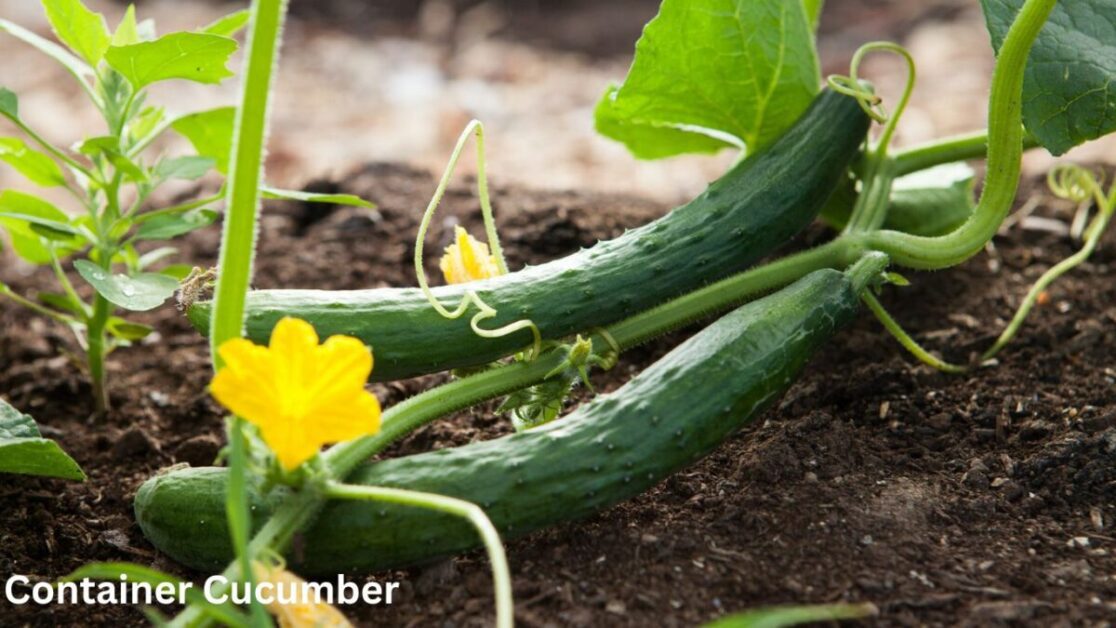
For gardeners looking to prolong their harvest of container cucumbers, there are several strategies to extend the growing season and ensure a bountiful supply of fresh cucumbers. One effective method is to use protective coverings such as row covers or cloches to shield plants from cold temperatures, allowing them to thrive well into the fall months. These coverings act as insulators, trapping the heat and creating a warmer microclimate around the cucumber plants. By utilizing these protective barriers, gardeners can safeguard their crops from frost and chilly winds, enabling the cucumbers to continue producing fruits even as the weather cools.
Another key tip for extending the growing season of container cucumbers is to maximize sunlight exposure by strategically placing the pots in sun-drenched locations. Cucumbers are sun-loving plants that require ample light to photosynthesize and develop properly. By positioning the containers in areas that receive at least 6-8 hours of direct sunlight per day, gardeners can optimize the growth and productivity of their cucumber plants. Additionally, rotating the pots periodically to ensure even light distribution to all sides of the plants can further enhance photosynthesis and fruiting, ultimately prolonging the harvest season.
Certainly! Here’s a simple table about Container Cucumbers:
| Attribute | Description |
|---|---|
| Planting Time | Spring (after last frost) |
| Container Size | At least 5 gallons per plant |
| Soil | Well-draining, rich in organic matter |
| Sun Exposure | Full sun |
| Watering | Regular watering, keep soil moist but not soggy |
| Fertilization | Balanced fertilizer every 2-3 weeks |
| Support | Trellis or cage for vertical growth |
| Harvesting Time | 50-70 days after planting |
| Harvesting Method | Snip cucumbers off vines with shears |
| Common Varieties | Patio Snacker, Bush Champion, Spacemaster |
This table should provide a basic overview of the key aspects of growing cucumbers in containers.
Creative ideas for decorating with container cucumbers
Container cucumbers not only serve as a practical and delicious addition to your garden but also offer a unique opportunity for creative and aesthetically pleasing decor. One innovative idea is to incorporate trellises or vertical frames into your container cucumber setup. Not only do these structures provide essential support for the growing plants, but they also add a visually appealing element to your garden space. The natural climbing nature of cucumber vines lends itself beautifully to vertical displays, creating a lush and green backdrop that can enhance the overall look of your outdoor area.
Another creative way to decorate with container cucumbers is by utilizing hanging baskets or elevated planters. By suspending your cucumber plants in the air, you not only save valuable ground space but also create a striking visual effect. Imagine a cascade of vibrant green cucumber vines draping elegantly from above, adding a touch of freshness and charm to your patio or balcony. This method not only maximizes space but also adds a dynamic and eye-catching element to your gardening setup, transforming a simple container into a captivating display of nature’s beauty.
Can I grow cucumbers in hanging baskets?
Yes, you can definitely grow cucumbers in hanging baskets. Make sure to choose a variety that is suitable for container gardening and provide adequate support for the vines as they grow.
Are there any decorative ways to incorporate cucumber plants into my outdoor space?
Yes, you can get creative with how you display your container cucumber plants. Consider using colorful pots, trellises, or even hanging planters to add a decorative touch to your outdoor space.
Can I mix cucumber plants with other plants in the same container?
It is not recommended to mix cucumber plants with other plants in the same container, as cucumbers have specific growing requirements and may compete for nutrients with other plants.
How often should I prune my container cucumber plants?
Prune your container cucumber plants regularly to remove any dead or damaged foliage, as well as to promote air circulation and prevent diseases. You can also prune to help manage the size of the plant in a container.
Can I use recycled containers for growing cucumbers?
Yes, you can definitely use recycled containers for growing cucumbers. Just make sure to clean the containers thoroughly and provide adequate drainage holes before planting your cucumber seeds or seedlings.


